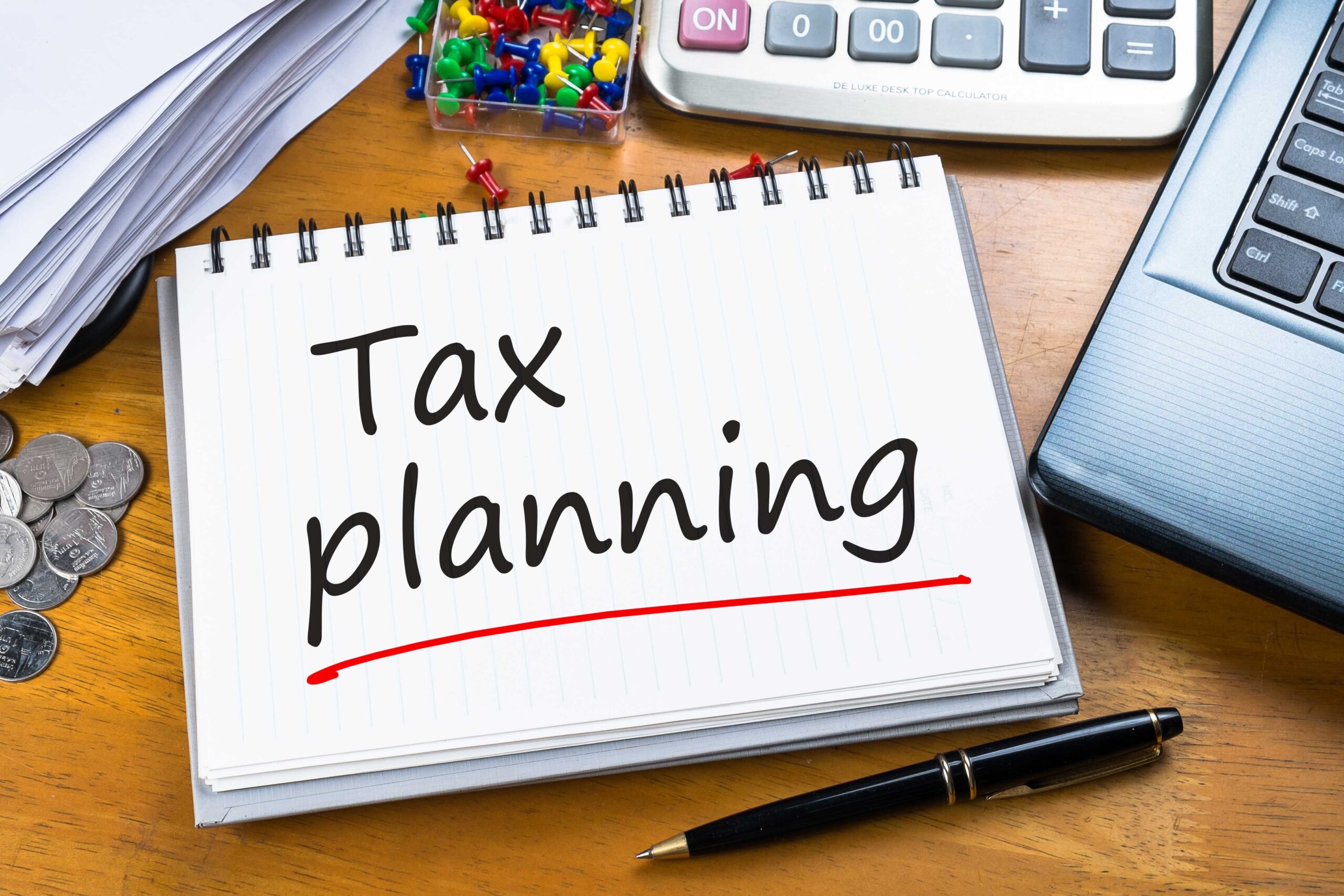
Individuals reaching the point at which they want to access a defined contribution pension are now faced with a wider range of options as to how to draw a pension income. The Pension Freedom rules announced by George Osborne in 2014 certainly re-wrote the pension rulebook. From April 2015, those holding a defined contribution pension and aged over 55 have the option of using their pension to purchase an annuity, accessing their pension flexibly to move into Flexi-Access Drawdown or take lump sums. At the time, the new rules were revolutionary, but with the increased range of options, pension holders faced a more complex decision when deciding how best to access their pension.
Eight years on from the introduction of pension freedoms, deciding the best way to access a defined contribution pension remains a difficult decision, which can have far-reaching consequences. For this reason, seeking independent financial advice at this point can assist in reaching the right decision for your circumstances.
Tax Free Cash
It is usually the case that 25% of the value of a defined contribution pension will be available as Tax Free Cash. Many choose to take their Tax Free Cash in one lump sum, which can be used to pay off existing debts or pay for discretionary expenditure. The Tax Free Cash could also be invested, and generate further income from the lump sum payment. An alternative that may not be immediately apparent is the ability to draw Tax Free Cash over a period of time, rather than in a single payment. Depending on the overall retirement strategy, this could be an effective way of generating a tax-efficient “income” through regular Tax Free Cash payments.
Income options
Any amounts drawn above the available Tax Free Cash amount will be liable to Income Tax, and this is where careful consideration is needed in respect of the options available, to find the most appropriate method for your circumstances. For many, using a Drawdown approach can provide a flexible way of providing a retirement income. You can draw an income that suits your requirements, and this can be adjusted as your circumstances change. In addition, any funds remaining in Drawdown at death can normally be paid to your nominated beneficiaries, and the enhanced treatment of drawdown plans on death is one of the major benefits of a Drawdown approach.
Funds in Drawdown need to stay invested and this is both an opportunity and a risk. If pension investments perform well, you could potentially grow the value of your pension at a faster rate than the amount taken via Drawdown; however, if investments do not perform as expected, the pension pot could be depleted, and income payments could stop. These risks can be mitigated by selecting an appropriate rate of withdrawal that doesn’t place excessive pressure on the investment fund and ensuring that pension investments perform well.
The second option is to use the pension fund to purchase an annuity. This is where the remaining pension fund is swapped for a guaranteed income, usually for life. This guarantee provides certainty that the payments will continue no matter how long you live, or how markets are performing. Annuities provide a range of options that allow pension payments to increase each year, thus giving some protection against inflation, and potentially providing an ongoing pension for a surviving spouse in the event of death of the annuity holder. It is, however, important to understand that any additional options selected will reduce the initial payment amount.
The key drawback of an annuity is that once the payments start, you cannot cash in the annuity or alter the terms. This is a critical decision, as you will not be able to adapt your pension income to any change in circumstances. Furthermore, if annuity rates rise in the future, annuities in payment will not benefit from the increase.
Most annuities are arranged on a whole life basis, but there are options to arrange an annuity for a fixed period of time. Depending on the options selected, this can provide a return of capital at the end of the fixed term.
The third and final option is to take a lump sum payment. This is where part or the whole of a pension is drawn as a lump sum, with the first 25% of the payment being taken as Tax Free Cash and the remainder being liable to Income Tax. The major drawback of this approach is that drawing funds in a lump sum will provide no ongoing income, and in addition, the lump sum payment is made in a single Tax Year, which can have adverse Tax implications.
A further element to consider is that you do not have to adopt the same approach with the whole of a defined contribution pension. You can adopt one or more of the pension income options to find the right balance for your personal circumstances.
Which approach is right?
The short answer is that all of these options could be appropriate, depending on your needs, objectives and wider financial planning considerations. This is why seeking personalised, independent advice can help you work through the options and begin to establish a plan that works best for you. A further complication is that not all pensions provide access to every option available under the Pension Freedom rules. It may, therefore, be a wise decision to consolidate or transfer pensions prior to retirement in order to benefit from the whole range of options available, and also access a wider range of investment fund options and competitive terms.
Speak to one of our experienced advisers, to start a conversation about your existing pension arrangements, and the options open to you when deciding how to draw an income in retirement.













